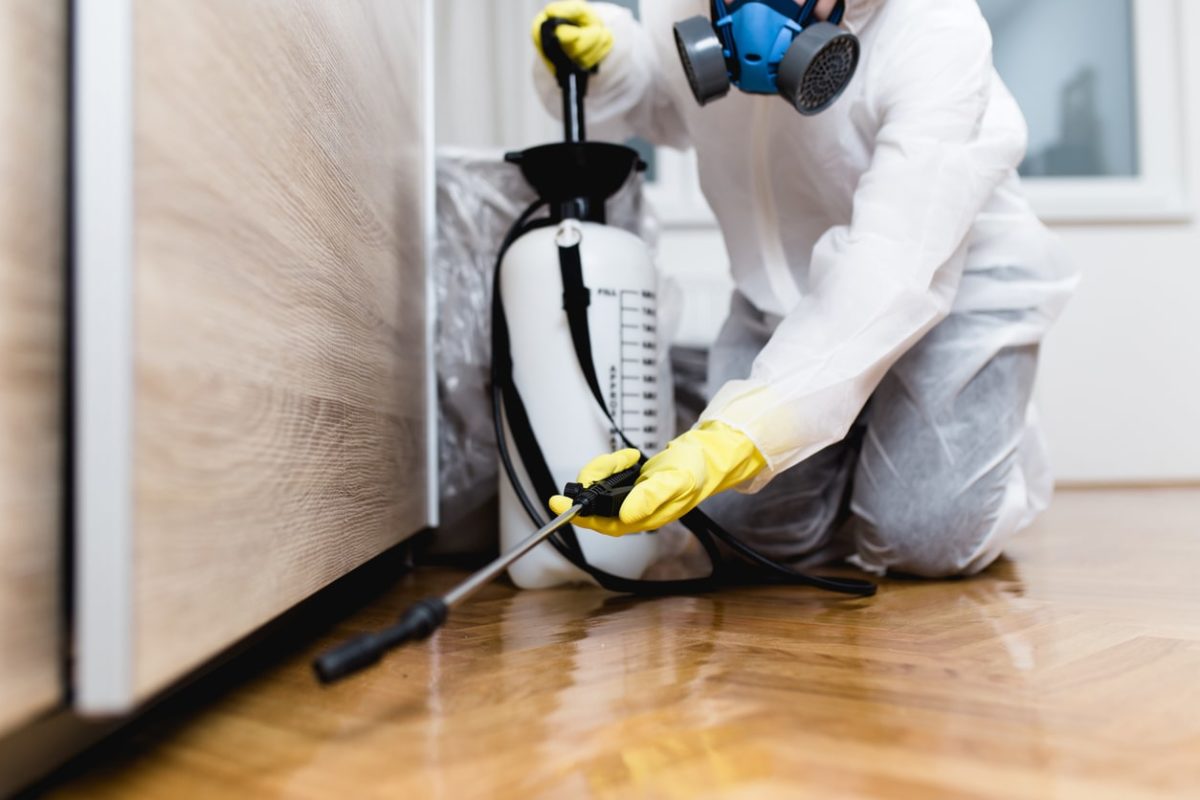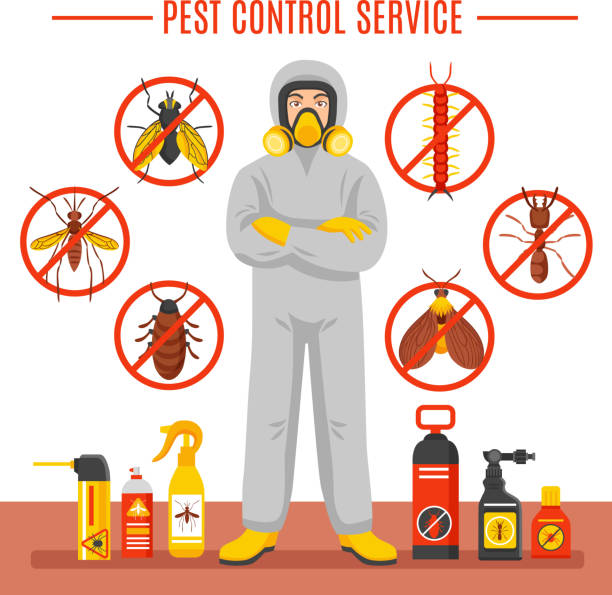Pest Control offering natural and safe treatment options.
Eco-Friendly Insect Control Approaches for Managing Wildlife in Urban Areas
Urban locations usually find themselves at the crossway of human task and wild animals, leading to unique challenges in parasite management. These methods not only shield the atmosphere yet also boost area engagement in wildlife monitoring. As metropolitan populations continue to grow, understanding the dynamics of wild animals communications comes to be progressively critical.
Recognizing Urban Wild Animals Characteristics
Recognizing Urban Wild animals Dynamics is vital for establishing effective and eco-friendly pest control strategies. Urban areas are increasingly ending up being habitats for various wild animals species, driven by variables such as habitat fragmentation, food schedule, and human encroachment. Recognizing these dynamics enables a nuanced technique to pest management that aligns with ecological concepts.
Urban wildlife commonly includes species such as raccoons, squirrels, and birds, which adapt to city atmospheres, discovering niches in green spaces, parks, and also houses. Their existence can cause disputes with human beings, especially when they manipulate human resources for food and shelter. Understanding the habits and ecological roles of these species educates approaches that lessen adverse communications while advertising biodiversity.
Additionally, acknowledging the interdependencies within city ecological communities helps in identifying critical areas for habitat preservation and restoration. This knowledge adds to the growth of incorporated parasite monitoring (IPM) techniques that think about the eco-friendly equilibrium, therefore minimizing reliance on damaging chemicals. By fostering coexistence between people and metropolitan wildlife, cities can develop much healthier settings that profit both residents and neighborhood ecosystems, leading the way for lasting city living.
All-natural Repellents and Deterrents
All-natural repellents and deterrents provide a sustainable choice to conventional parasite control techniques by harnessing the power of nature to keep undesirable varieties at bay. These environmentally friendly services typically utilize plant-based active ingredients, important oils, and other normally occurring compounds that hinder pests without harming the atmosphere.
One efficient all-natural repellent is peppermint oil, which is understood to fend off rodents and insects. Its strong aroma is undesirable to numerous pests, making it a prominent option for urban settings. Likewise, vinegar and citrus peels can work as deterrents, as their solid odors are commonly uninviting to various wild animals.
Furthermore, diatomaceous planet is a natural powder that can be spread in areas vulnerable to insect task, properly dehydrating and hindering bugs without presenting threats to non-target species. Garlic sprays and neem oil are acknowledged for their capacity to drive away a large array of insects, including both bugs and bigger wildlife.
Executing these natural repellents not just reduces reliance on chemical pesticides but additionally advertises a healthier metropolitan ecosystem, promoting a much more well balanced conjunction in between humans and wild animals. By utilizing these strategies, urban locations can efficiently take care of parasite populaces while reducing environmental impact.
Habitat Modification Techniques
Efficient habitat adjustment methods play a critical function in lasting bug management by altering the setting to make it much less for pest invasions. By comprehending the eco-friendly characteristics of urban areas, residential property owners can implement calculated alterations that deter bugs while promoting biodiversity.
(Ant Control)One key strategy includes keeping proper sanitation. This includes regular waste removal, protecting trash can, and getting rid of standing water to minimize reproducing websites for bugs and rats. Furthermore, landscaping practices such as selecting native plants can enhance environmental balance, giving environments for advantageous organisms while reducing resources for pests.
An additional vital technique is to seal access factors in buildings. Examining and repairing splits in structures, walls, and home windows can substantially decrease parasite access. Furthermore, developing physical barriers, such as fencings or plant buffers, can hinder wildlife activity right into human-inhabited areas.
Integrated Pest Monitoring Practices
Building upon environment modification methods, integrated bug management (IPM) methods offer an alternative approach to managing parasite populations while decreasing ecological impact. IPM integrates numerous techniques, consisting of biological, cultural, mechanical, and chemical controls, to accomplish efficient pest monitoring.
Organic control includes the introduction of natural killers or bloodsuckers to minimize pest populations. Pest inspection Port Charlotte Cultural methods, such as crop rotation and hygiene, interrupt pest life cycles and lessen their habitats - Pest Control. Mechanical controls, like catches and obstacles, give instant remedy for insect stress without chemical treatment
Chemical controls are utilized as a last hope, concentrating on targeted applications that restrict harm to non-target types and the atmosphere. The selection of environmentally pleasant pesticides, when required, is essential to the IPM framework. Furthermore, monitoring pest populations and analyzing potential damages helps educate decision-making, making sure that treatments are prompt and efficient.
Neighborhood Participation and Education

(Tentless Termite Treatment)Workshops and informative sessions can gear up residents with knowledge about indigenous varieties, habitat preservation, and effective non-toxic parasite monitoring strategies. Collaboration with colleges, local companies, and federal government agencies further boosts academic outreach, making certain that necessary information gets to varied audiences.
In addition, community-led campaigns, such as area clean-up days and habitat remediation tasks, not only advertise biodiversity but also strengthen neighborhood ties. Pest control service. By urging citizens to share their experiences and monitorings, communities can establish targeted strategies that address particular local pest problems
Incorporating feedback from citizens into pest administration plans enables a more receptive and flexible technique to wildlife challenges. Inevitably, informed and engaged neighborhoods are crucial to attaining lasting success in eco-friendly parasite control, leading to much healthier urban environments that value both human and ecological needs.

Conclusion
In conclusion, environment-friendly bug control approaches offer lasting services for handling metropolitan wildlife. By focusing on habitat modification, utilizing all-natural repellents, and executing incorporated bug administration practices, areas can foster a harmonious coexistence with local animals. Furthermore, involving citizens via education boosts awareness and encourages responsible wildlife communications. Inevitably, these techniques not just safeguard biodiversity but additionally advertise environmental health and wellness, guaranteeing city locations remain lively ecosystems where human beings and wild animals grow with each other.